Hello RO, audiokid advised me that RO members may like to hear the story behind this console as well as follow the progress as it is refurbished back to it's original spec. (or beyond)
As you can tell by the pic,(below) it was stored in a garage and had been there for 4 years. It was covered, so despite the desert heat that the console would feel on a hot summer day, the dust did not get to play.
Since the M3000 is a rare console; not many have had an opportunity to hear one, let alone see one beyond pictures (even those are rare). Before I get to the details of my console and how it ended up in my possession... Let me shed a little light on the mystery of the M3000 to the masses, or at least those whom are unaware of its origin and history.
((((if you just want to see pics, I suggest you start scrolling now)))
A brief history of the M3000 (if you want more details, comment for them)
Depending on whom you speak to, many believe the M3000 as Amek's first "Large-Format Recording console". Officially introduced in 1979 as Amek's Top of the line console. A basic version of the M3000 sold for around $46,000.00. The first M3000 was actually installed in Amazon Studio's, Liverpool in 1978. The first one was more of a refined prototype then a production model. So far, Former AMEK staff in the UK, can count 8 (including Amazon) being built and delivered. All M3000's were in some way or manner custom built to the spec of each customer.
The 8 M3000's are:
Amazon Studio's, Liverpool UK
Aura Studio's, NYC NY USA
Trafalgar Rome, Italy (2 consoles)
Mayfair Studio's, London UK (some huge hits recorded with this one)
Enterprise Studio's, Burbank CA USA
Paul Ratajczak, LA CA USA
Klaus Schulze Germany (Keyboardist for Tangerine Dream)
Now it is easy to see why so little information is available on this console or even it's sound.
The M3000 set a new standard for Amek, the EQ was the first 4 band fully parametric (Variable Q on all 4 bands) console they had produced. It was also the first AMEK console to utilize automation (Allison 65K). The automation used the then high end dbx 202 VCA's, 24 Buses, 8 aux's and Quad panning. the below picture just hides the sheer size of these, mine is approx. 108" wide and 48" deep. Or put another way, it filled a 5' x 12' open trailer, where you could not walk around the console inside the trailer.
The M2500 and the G2520 is essentially a baby M3000, using close to the same EQ and topology. Know you can kinda start to imagine how a M3000 would sound like.
Graham Langley designed the console from the ground up. Despite the seemingly popular myth that R. Neve had something to do with the design of this console and a few others of the same era. Let me be clear, R. Neve did not start to work with AMEK till after the bankruptcy of Focusrite in 1989. The design is pure GL.
All the engineers I have spoken to that have used this desk... in simple terms. Want it back or miss it dearly. The EQ has by far got the most comment, along the lines of "Best EQ ever created" "Control that just goes beyond words" "the Variable Q on all 4 bands goes from nearly a volume knob to damn near a notch filter". I ask anyone who has used one of these consoles to comment, I would be very interested in hearing your experience and thoughts. With only 8 built, (lets remove for a moment that AMEK at the time was a small company, that did not have the same market reach (or advertising budget) as Neve, MCI and a then very fast growing SSL) I know you are thinking what was the bad? Well, the only complaint was... reliability. Everyone loved the sound of the console,(mic preamp/EQ/Mix Bus etc..) it would just crap out at the wrong time. . Unfortunately, no matter how good a console sounded, if it cracked or popped during a take, it negatively effected the financial prospects of the studio.
I will leave it at that for now.
How did i get mine? well. This is were the backstory becomes somewhat important. Again, if i am babbling by all means scroll to the pics...
For years I have spoke of designing my own console from the ground up. (I know crazy idea) I even have a few threads on other forums discussing such. Anyway, were i am at in my day job actually opened some doors to actually achieve this lofty goal. During one of my many discussions of the topic with a co-worker. He offered me (at a good price) this AMEK M3000 as a frame to build on. Now, just like any crazy idea, you start down a path blind and not know were exactly you are going end up. .
Only the first 24 channels worked (part time) as the console was suffering from intermittent issues, hence why they moved it to the garage. Channels 25 through 36 served as parts to keep the first 24 serviced. Of the 36 channels only 28 faders were physically installed (removal of the blank fader panels shows that faders were at one time there). The console did come with a box of parts, most of which came from AMEK LA in 1996 when the previous owner had picked the console up. AMEK handed over all they had on hand at the time. The only physical issue was some missing braces, which was not attached to console when originally received in 1996. What shocked me more was it came with complete documentation. I mean every thing! From hand drawn schematics of the entire console, original manual, a 1979 Advert for the console and all the documents accumulated by previous owners, to include a letter from Amazon Studios.
At the time I got this home, I had huge plans and changes ahead for it. The idea's were flying and the excitement was gaining energy. But, like most cases of eager naivety, I had no clue of what I had or how significant it would be.
Like most here, I had never seen a M3000 before only vaguely ever heard of one. So i did a little research, found out how rare they were, but even then still not deterred from my original plans at the time. I will quote what I had stated on another forum (proaudiodesignforum)in regard to this:
"Now, at some point, no matter how eager you are to re-invent the wheel, when you have something like this in front of you. You pause. Unfolding the fragile schematics is like a walk back in time to the office of Langley and company. You begin to feel the amount of work that went into building something like this in the era it was done in. Then history at some point steps in and reminds you, only 15 of these were ever built."
Even then (2 weeks ago) I was unaware of the true number M3000's actually built. Today that statement is even more profound. The more I researched the more I became aware of just how remarkable of console this thing already is. Through simple google searches or speaking with fellow engineers whom have used this console, one thing was clear, this was not going to be a re-design of my idea's but a refurbishing of possibly the most underrated console ever created. Yes, my search did end up with communication directly with Graham Langley and Nick Franks. The closer we look at my particular console and it's details, the higher the belief is, that it is in fact the console from Amazon Studios, UK. (if you view the pics of the one in Amazon and compare it to mine, they are identical) There is more, that identifies it as coming from there. The frame and its construction type, were and when it was built, etc. The serial number will be verified once the "Serial number book" is located.
All the complaints about this console can be easily corrected and in my case will be. You will get to see every step, if you are so interested.
Joel
Topic Tags
Comments
I am going to show this just as a cautionary warning to those wh
I am going to show this just as a cautionary warning to those who blindly start changing things in a circuit thinking they are "improving the sound". It is easy to get ideas on modifications from forums or even industry leaders. However it is important to note. That all circuits do not support such mods. Case in point. My console has some mods done to various stages to include, the fader buffer and out put stage. Using a 1kHz square wave to asses frequency response as well as circuit stability, you can see just how nasty, the so called mods were when compared to the reference signal (what the signal actually looked like going in). The capture was taken on the output of the fader buffer. IT got MUCH worse as it passed through the next few stages...
After correcting the mods. Although the circuit is still considered modded from original. here is another look at the post fader buffer.
Here is a capture taken after correcting the summing, fader buffer, inverter and output stage.
If you do not have the gear to see/measure what you are doing and fully understand the circuit you are modifying…Please stay out! :mad:
Even if you think it sounds good,(it is easy to self convince that all the work you just did, made a deference) you could still have oscillation in the circuit and that will have a profound effect on the end result.
Gette, post: 418263, member: 46761 wrote: I am going to show thi
Gette, post: 418263, member: 46761 wrote: I am going to show this just as a cautionary warning to those who blindly start changing things in a circuit thinking they are "improving the sound". It is easy to get ideas on modifications from forums or even industry leaders. However it is important to note. That all circuits do not support such mods.
This is what I would consider to be vital advice - especially where we are right now in technology, where modding newer, cheap gear to obtain the nuances of classic/more expensive pieces, or - to upgrade cheap stuff to sound better - as is the case with modifying cheaper ribbon mics with better transformers, or building a variable impedance device, etc, is also a very popular trend right now.
Personally, I think it's very cool to be able to do that kind of work. I wish I had the technical chops to perform that kind of thing. If you can make a certain piece of gear sound and/or perform better - be it a mic, console strip, master bus section, preamp, etc. - then I absolutely think you should do it. And, sometimes - as in Joel's case with refurbishing the Amek, it's a necessary skill.
While I'm no stranger to a soldering iron - having wired my fair share of console and rack patch bays over the years - past this basic skill, I don't have the knowledge to do what other tech-oriented guys can do.
But, as Joel mentioned, just because you think you can modify a component, doesn't mean that you actually can modify it (successfully).
There are those here on RO who I'm sure could modify anything, at least anything that can be modified - really smart cats like Joel, Boswell, MrEase, and other tech-savvy guys, but I would think that "forcing" a mod on a particular component that shouldn't be modified, could likely end up with some pretty bad results, not the least of which would be the possibility of actual damage to the component, maybe even to the degree that it becomes nonfunctional.
"It's toast!" is not a phrase that any of us ever enjoy hearing. ;)
The moral of the story on this one, I think, is to be damned sure about what you are doing.
Some of this circuitry is pricey - and some parts are not easily replaced, either. I would think that there is the very real possibility that some components aren't able to be replaced at all, in terms of keeping to original design(s).
I have a colleague who has an old CAD (Conneaut Audio) ( I think he has the Maxcon console?) which has required quite a bit of maintenance over the years (not unlike any older console, really) - and when I think about how much and how many times he's modified that desk... man, it must look like Frankenstein's Monster inside that main frame... LOL
What makes this story ironic, is that he lives only 10 minutes away from Conneaut, Ohio, where the console was originally manufactured, and there have been occasions where he's had to globally search for parts for it.
-d.
To make any mod it is first important to understand the circuit
To make any mod it is first important to understand the circuit you are modding and it's also extremely important to be able to measure and test the mod to see if it does what you intended. This not least to ensure that everything is stable. Kudos to Gette for getting the right gear to make sure he's getting what he wants.
It amuses me when you see people write things like "any pundit knows the NE5534 sounds like c#P"! It's quite easy to make any IC sound like c#P (and the NE5534 is easier than most to get wrong) but equally most "audio" op amps can sound good when correctly used.
Full Disclosure, My day job is in the Pro audio repair business.
Full Disclosure, My day job is in the Pro audio repair business. So the original reason for the test gear purchase was to not have to lug it back and forth from the day job.... Well, the funny thing about shinny new gear, is it almost always goes where it will be used the most.... So in the end, I have to lug it back and forth....
My Camaro is almost done, will be driving it by tuesday next week. It being our second car, the wife believes it to be a priority over the console, (never argue with the spouse, it results in a hard life) hence the slow movement on the console over the last few months.
5534/5532 are the IC of choice for more high end consoles then any other version of an Op Amp
I wanna know what day/time the first session is. I'd be happy t
I wanna know what day/time the first session is. I'd be happy to be your assistant, or act as a session cat, or wrap cables, or dust the board, or make coffee... :)
I make the perfect cup of studio coffee. For those who may be wondering what that is, it's the exact opposite of what you find in doctor's offices - you know, the kind you can see through - where if you try really hard, you might be able to pick up the slightest scent that somewhere, coffee was at least in the same building when they brewed it. ;)
MadMax - I use a fixture and bench supplies. It would have been
MadMax - I use a fixture and bench supplies. It would have been hell to do in the frame. i am also using an AP evaluate Mods/channel integrity and to set the VCA Symmetry. I can post THD+N & frequency response curves before and after…. But not sure if this is the right forum for that kind of detail.
DonnyThompson - anytime you are in Vegas, you are welcome to see the console.
audiokid - thanks,,, still a little rough around the edges but getting there. I have some custom ATC SM25's that will be replacing the V8's here soon. I would say in about 2 weeks, i will be able to pass 32 channels of ProTools thru the console…
I am sure you have noticed the "color samples" on the left hand side of the console… not sure what color to cover the walls with yet… Dark Brown or Dark Blue…. All I really know is the white must go…
Hmmmm..... ( wheels turning in my head...) Okay, I'm just gonna
Hmmmm..... ( wheels turning in my head...)
Okay, I'm just gonna throw this out there, accept or ignore at your preference:
I'm more than just a little bit concerned with the size of your room, Joel.
That back wall seems very close to your position at the console, as do the sides.
I'm certainly no acoustics expert, but I can say from experience that having boundaries in that close proximity to your mixing position could very well prove to be problematic, as does the size of the room all the way around.
I'd consider a larger space, but that's just me, and I don't know what other areas you may - or may not - have available.
It's a beautiful console; I just hate to think that your mixes might be skewed because of the size of the space you are in.
Have you considered this as being a potential issue?
Just kinda thinking out loud, here... ;)
The room size and shape is less then ideal. No doubt there! Unfo
The room size and shape is less then ideal. No doubt there! Unfortunately, It is the room I will be using for the next few years. However, I am using a few tricks to tame the tiger sorta speak.
1) I am using Dolby/Lake processor on the front end of the monitoring system (L-R, sub) The unique EQ in the unit allows me the ability to correct not only anomalies in the speaker cabinet and components but also the effects of the room. Again not perfect, but Damn close....
2) I will also be adding diffusion in early reflection areas (Mostly, directly behind mix position)
3) You can get a great mix in any environment, it comes down to knowing the room.
It's a pain to deal with but can be done
Gette, post: 421895, member: 46761 wrote: Dolby/Lake processor
Gette, post: 421895, member: 46761 wrote: Dolby/Lake processor
Tell us more about this one, we have been living under a rock lol! Is it like this?
Well, I just had to post that because it looked so nice ;)
http://www.fohonline.com/current-issue/23-road-tests/1289-dolby-lake-processor.html
Gette, post: 421895, member: 46761 wrote: 2) I will also be ad
Gette, post: 421895, member: 46761 wrote:
2) I will also be adding diffusion in early reflection areas (Mostly, directly behind mix position)
I'm not an acoustician either,but wouldn't absorption be more effective than diffusion in a room this size? Your console looks great, by the way.
Gette, post: 421895, member: 46761 wrote: The room size and shap
Gette, post: 421895, member: 46761 wrote: The room size and shape is less then ideal. No doubt there! Unfortunately, It is the room I will be using for the next few years. However, I am using a few tricks to tame the tiger sorta speak.
1) I am using Dolby/Lake processor on the front end of the monitoring system (L-R, sub) The unique EQ in the unit allows me the ability to correct not only anomalies in the speaker cabinet and components but also the effects of the room. Again not perfect, but Damn close....
2) I will also be adding diffusion in early reflection areas (Mostly, directly behind mix position)
3) You can get a great mix in any environment, it comes down to knowing the room.
It's a pain to deal with but can be done
I'm really interested in this aspect of it, as I'm helping my buddy installing a jbl crown based come a sound system in a scratch theatere home theater build, it's gonna be setup for auro 3D. We re planning the acoustics/system relationships now. Curious about how the lake processing calibrates things, as I'm mainly a sound guy, and don't know much about cinema based systems/processors. Jw what your thoughts were.
Can't wait to hear what the console can do! Amazing work man.
DonnyThompson, post: 422018, member: 46114 wrote: I wouldn't jum
DonnyThompson, post: 422018, member: 46114 wrote: I wouldn't jump to any conclusion or wager a guess either way - until the room was measured. Joel is a guy who likes and prefers scientific methods of diagnosis... so he already knows about room analysis.
I would not argue that, but I will again state diffusion will not be as effective at managing what will be problem frequencies in a small room. Again just my two cents. I am sure Joel will get it worked out.
yes. Read what I said. I never said I would not use it. I would
yes.
Read what I said.
I never said I would not use it.
I would add enough absorption to manage the problems small rooms WILL have, then bring in some diffusion.
pan60, post: 422002, member: 40762 wrote: I would personally ( in a small room ) lean more heavily on absorption. Add diffusion or reflection as an after thought if needed.
This will be a nice break from the "other thread" do not worry,
This will be a nice break from the "other thread" do not worry, i will get to it.
In a small room were there is not enough room to absorb the full frequency bandwidth (as is the case in mine) it's better to use diffusion around the listener and limited absorption off axis to the listener. If i use absorption behind me, it will give the room a booming very warm tone and is much harder to tame using system EQ.
At least that is my approach for now, there are many many many ways to accomplish it. Only way to find the sweet spot is experimentation
How large is your room? 4" of 8lbs mineral wool will deliver a N
How large is your room?
4" of 8lbs mineral wool will deliver a Noise Reduction Coefficient 1 or better, i would gladly give up 8'' ( at a minimum ), around a room for that. adding diffusion after that, would be my personal choice. too many mid and low end issues in small rooms, upper mid and highs are much more easily managed. reflection and or diffusion can easily be added after. diffusors for low mid and low end have to be pretty darn large. dropping the Noise Reduction Coefficient then adding reflection and diffusion just make more sense to me.
Again
Just my to cents.

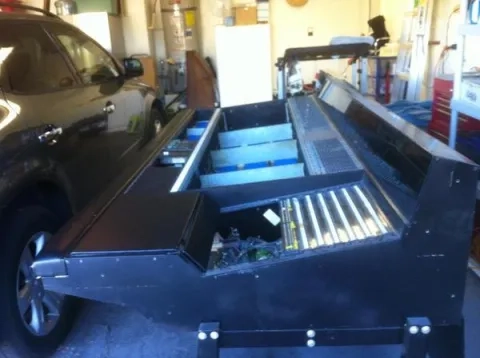
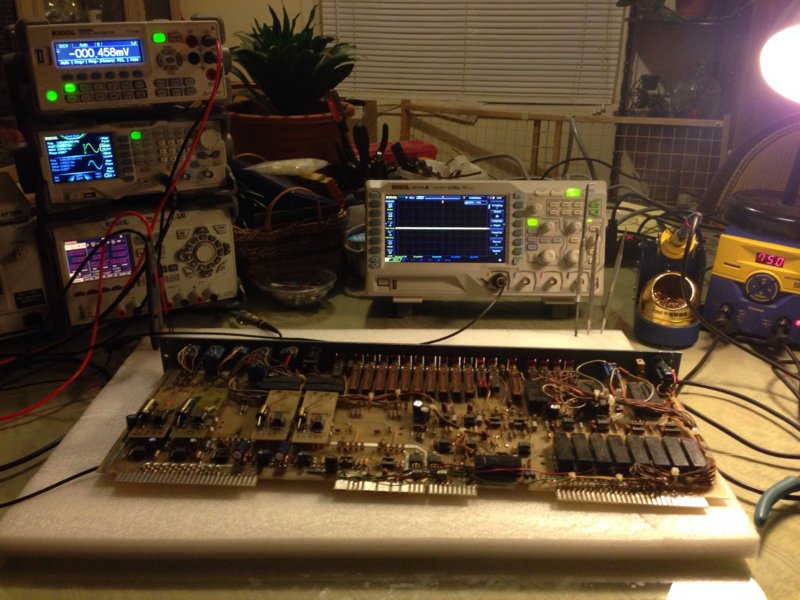





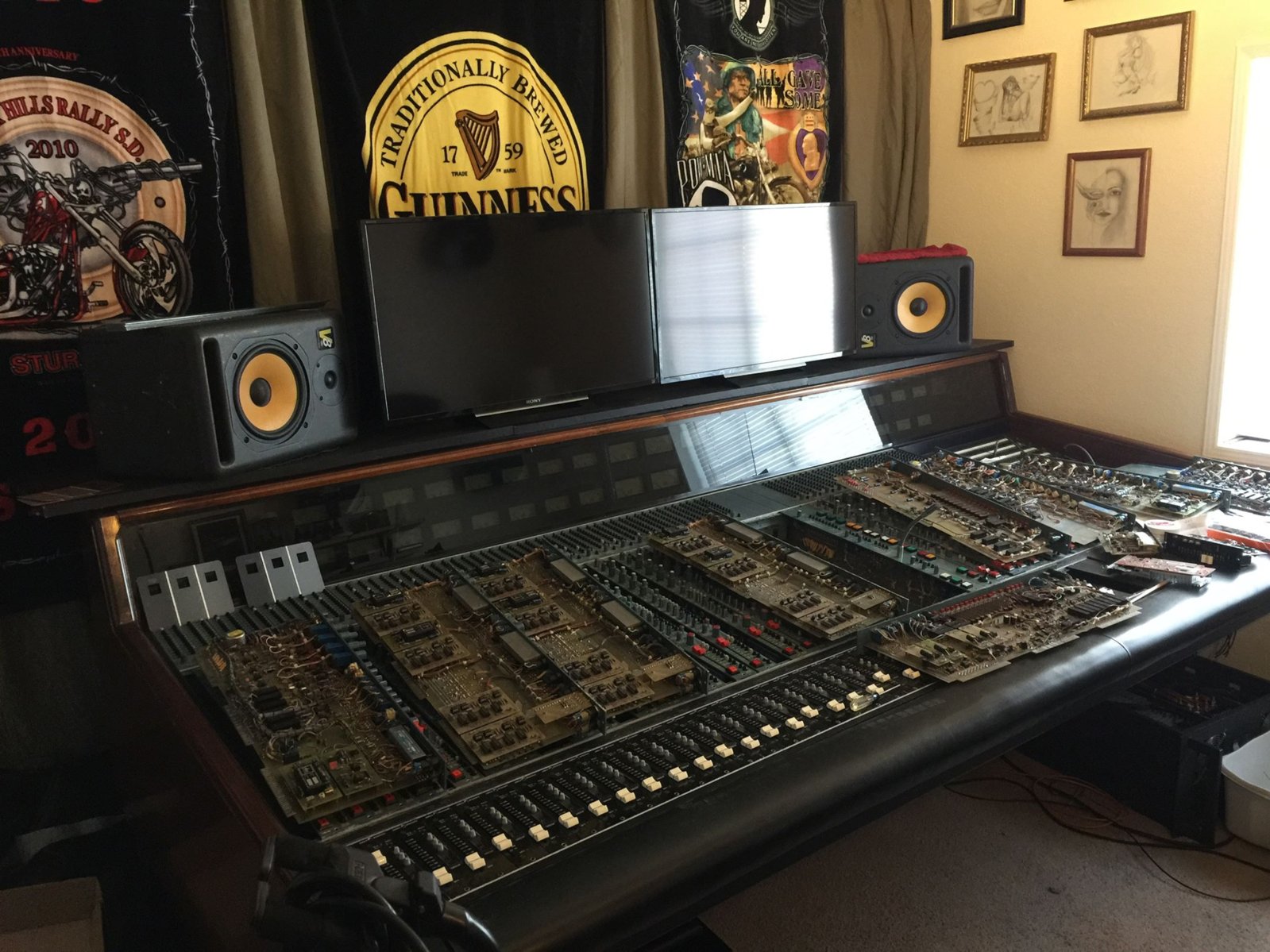



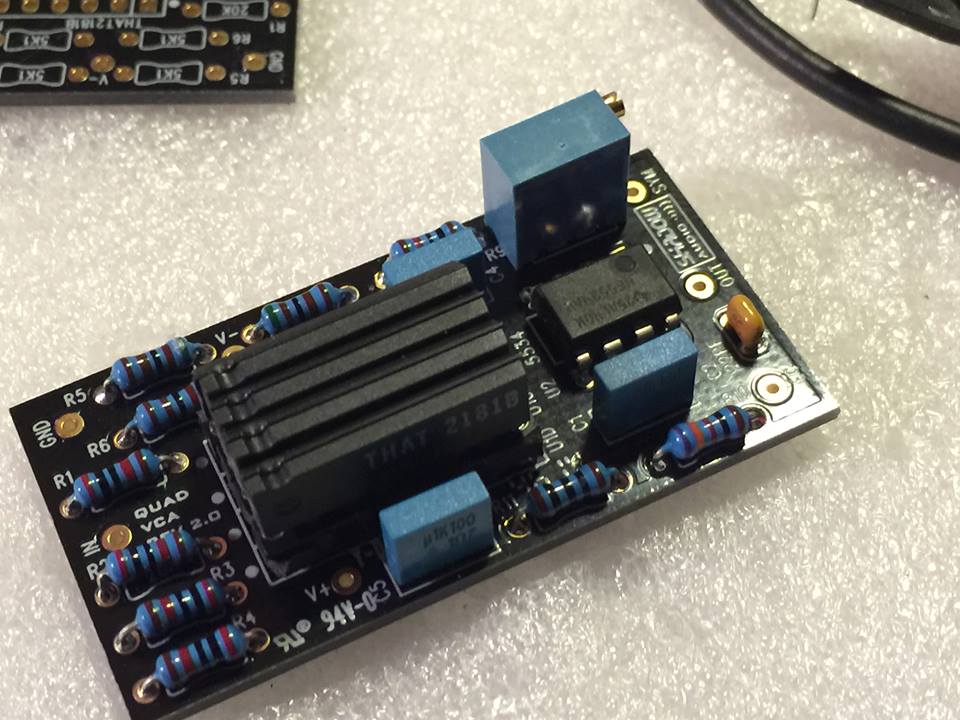
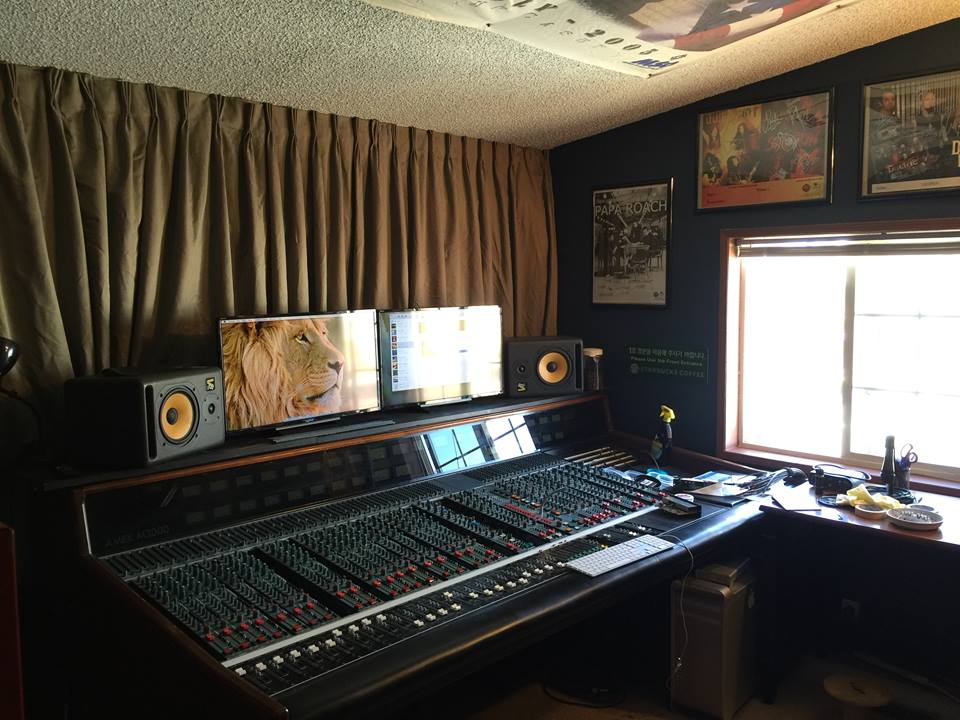
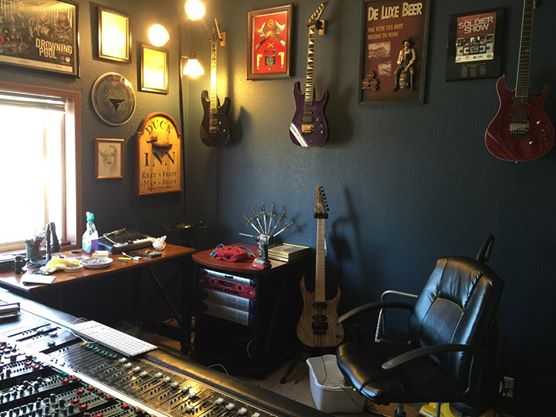





DonnyThompson - It's a combination of modifications by those who
DonnyThompson - It's a combination of modifications by those who knew what they were doing to people hacking out of frustration to just get it going. The "issues" range from module to module. Ch25 thru CH36 were used as a scrap yard to keep the first 24 going.... All of the modules suffer from trace lift or some modification the previous owners "thought" was a good idea. So its just a matter of fully evaluating each one and then going about making them all reflect what was originally designed...(More importantly, make them all sound the same..) Well, some Mods will stay and some new ones will make their way in. (Nothing major, Cap size changes, etc).
Some more pieces of the new "gear" has arrived